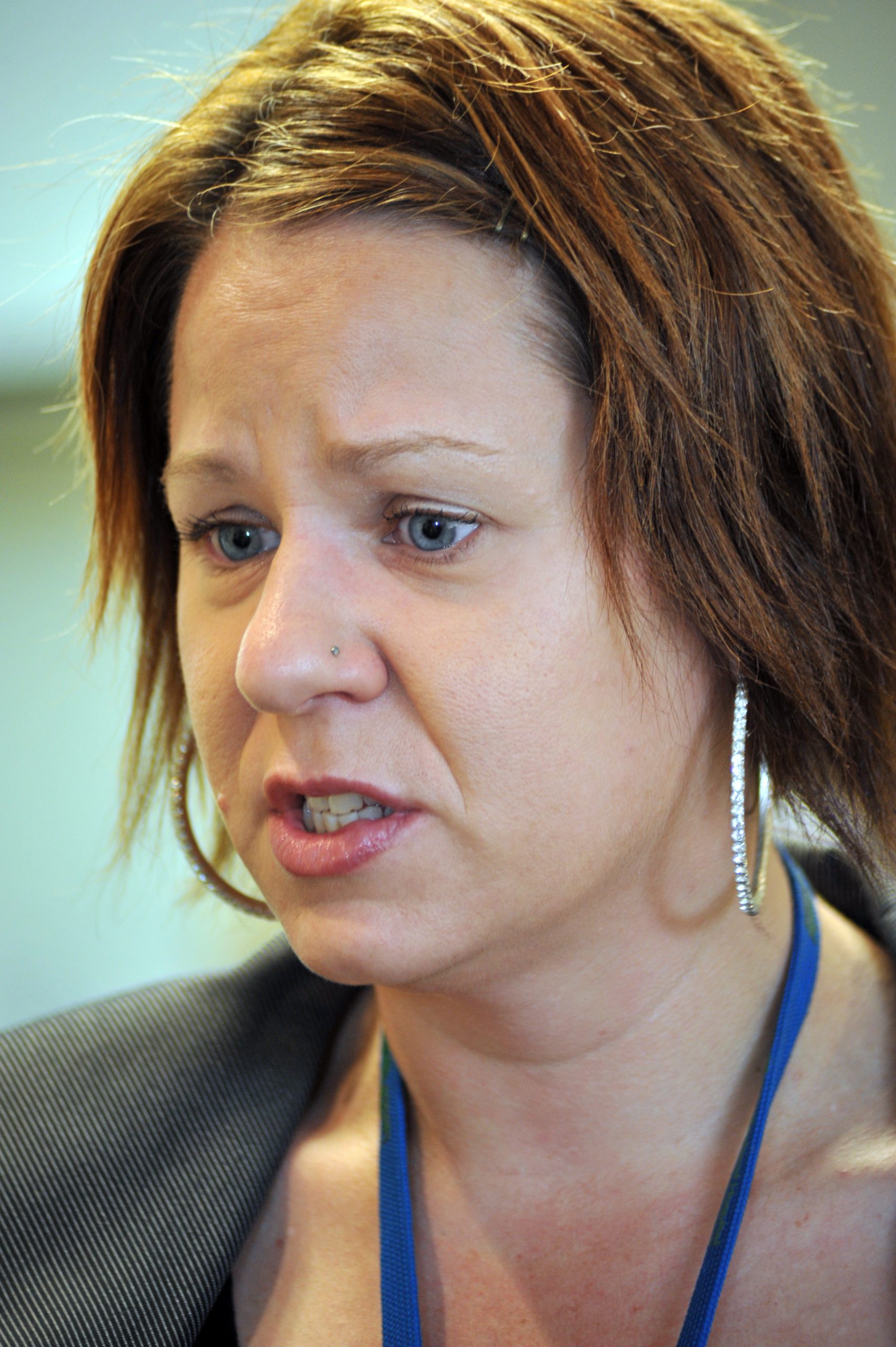A KEY public advocacy report has found Latrobe Regional Hospital faces a continuing shortage of mental health beds in its acute unit.
Community Visitors Annual Report 2012-2013, conducted through the Office of the Public Advocate and submitted to the State Government, found demand made the management of those beds difficult and the average length of stay for mental health (acute) unit patients, at between 10 and 11 days, was less than the statewide 14-day target.
The report, based on Community Visitors’ visits to adult acute and adolescent inpatient units across Victoria and emergency department visits, said beds in the LRH acute unit appeared to be “constantly full” and patients were “often moved between units, sometimes returning to the acute unit for further treatment”.
It said LRH had held an occupancy rate of around 95 per cent since the third quarter of the 2012-13 financial year.
The report also highlighted patient concern over a “lack of educational and recreational opportunities… with many complaining of boredom” and programs of events in the unit were “very limited” with “no activities listed on many days”.
In response, LRH director mental health Cayte Hoppner said the demand for mental health beds, which included 33 in its Flynn ward, 20 in Macalister, 14 residential beds and 10 sub-acute beds, fluctuated throughout the year “with some periods busier than others”.
“We have active patient flow and discharge management processes to ensure we have capacity to meet our demands,” Ms Hoppner said.
“The length of stay also fluctuates depending on demand and is generally between eight to 12 days.
“The Mental Health Act states that care must be in the least restrictive environment, so once the person is suitable for community care then they are discharged.”
The report said Community Visitors had been directed by LRH to the My Hospitals website for data related to readmission of mental health patients.
Data showed since October last year LRH’s 28-day readmission figures, for adult mental health patients, were lower than the state target of 14 per cent but from January to September last year were slightly higher than the target, with a spike at 24 per cent between April and June 2012.
In reference to the report’s findings of limited activities provided for patients, Ms Hoppner said LRH had a “regular program of activities, coordinated by an occupational therapist and our consumer consultant with support from external agencies such as Creative House, the Victorian Mental Illness Awareness Council, Centrelink, Quantum and Latrobe Community Health Service”.
“Our social worker also provides support to the program,” she said.
Ms Hoppner said LRH was recruiting a psychologist to expand its program.
The Community Visitors Report said it appeared a new ‘sensory room’ established for patients to “relax and manage their distress” was “not accessed regularly” despite all staff being trained in its use.
“Community Visitors were informed in May 2013 that clients need to be supervised when using the room and that this depends on staff availability,” it said.
Ms Hoppner said further training had occurred, enabling staff to run the sensory program activities.













